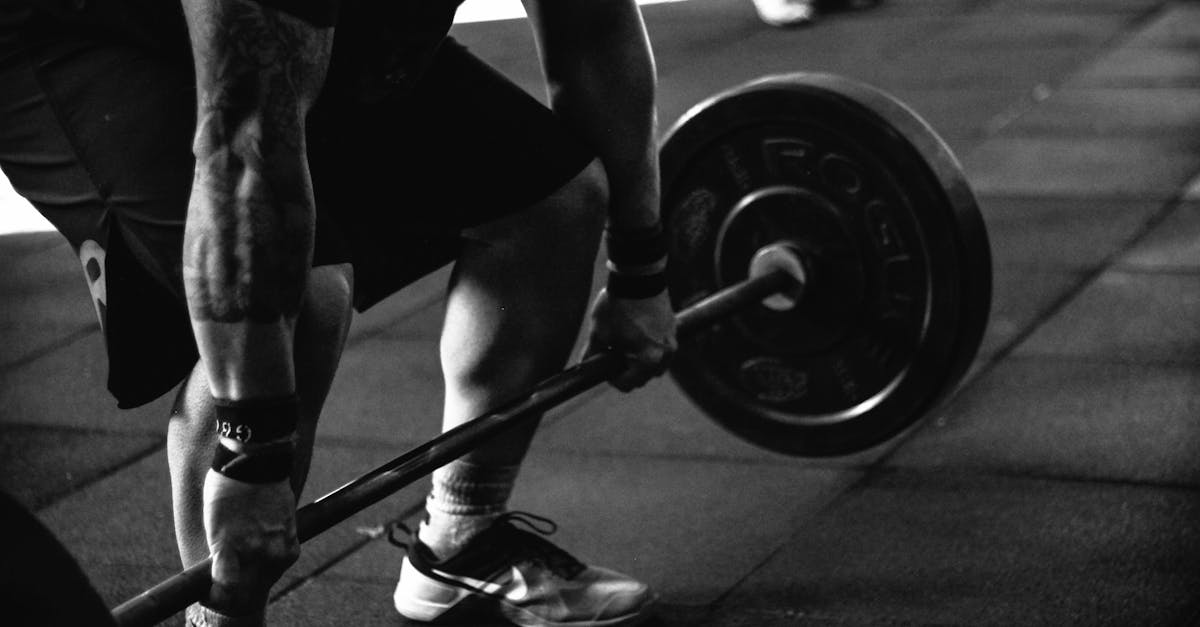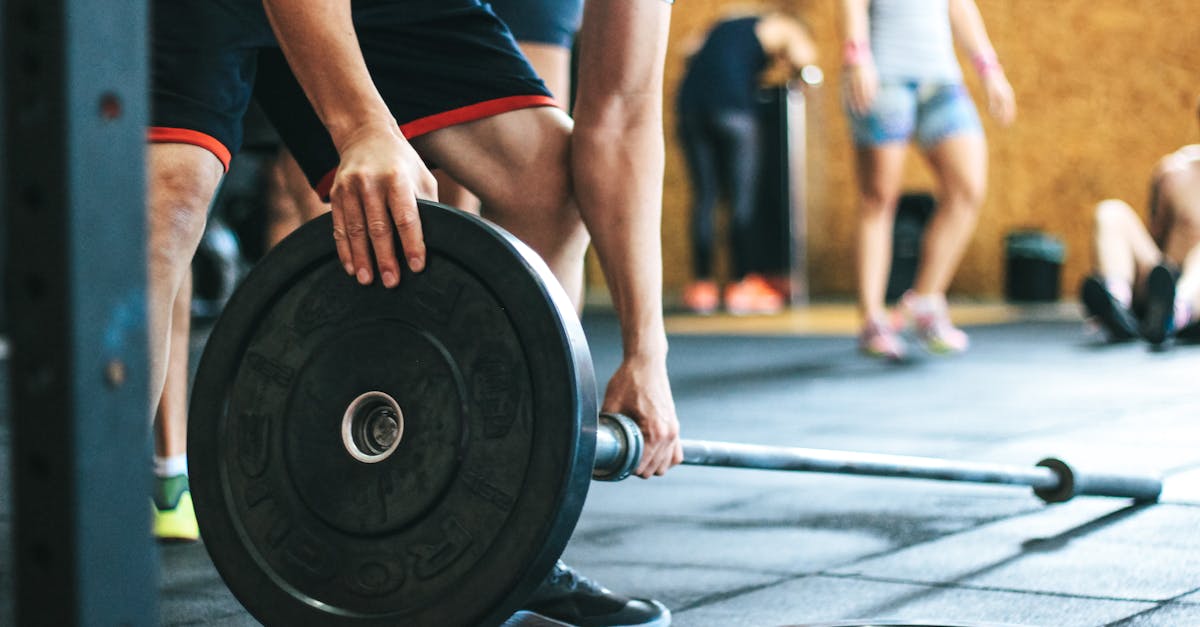Exercises for Tight Psoas: Relieve Pain and Improve Flexibility
Unlock Pain-Free Movement: A Comprehensive Guide to Releasing Tight Psoas Muscles

Exercises for Tight Psoas: Relieve Pain and Improve Flexibility
Your psoas muscle is a long, powerful muscle that runs from your spine to your hip bone. It’s responsible for flexing your hip and rotating your thigh outward. When your psoas muscle is tight, it can cause pain in your lower back, hip, or groin. It can also lead to poor posture and difficulty with everyday activities.
Fortunately, there are a number of exercises you can do to stretch and strengthen your psoas muscle and relieve pain. In this article, we’ll provide you with a comprehensive guide to the best exercises for tight psoas muscles. We’ll also discuss the causes and symptoms of tight psoas muscles, and provide tips for managing this condition.
The Importance of the Psoas Muscle
The psoas muscle is an important muscle for overall hip and back health. It’s involved in a variety of movements, including walking, running, and jumping. It also helps to stabilize your spine and pelvis. When your psoas muscle is tight, it can lead to a number of problems, including:
- Lower back pain
- Hip pain
- Groin pain
- Poor posture
- Difficulty with everyday activities
If you’re experiencing any of these symptoms, it’s important to stretch and strengthen your psoas muscle. The exercises in this article can help you to relieve pain and improve your overall mobility.
1. What is the Psoas Muscle and Why is it Important?
What is the Psoas Muscle and Why is it Important?
The psoas muscle is a long, strap-like muscle that runs from the lumbar spine (lower back) to the femur (thigh bone). It is responsible for flexing the hip and rotating the thigh outward. The psoas muscle is also involved in maintaining good posture and stabilizing the spine.
A strong and flexible psoas muscle is essential for optimal hip and back health. Tightness in the psoas muscle can lead to a number of problems, including lower back pain, hip pain, and difficulty with everyday activities. Stretching and strengthening the psoas muscle can help to relieve pain, improve mobility, and prevent future injuries.
Anatomy of the Psoas Muscle
The psoas muscle is divided into two parts: the psoas major and the psoas minor. The psoas major is the larger of the two muscles and is responsible for flexing the hip and rotating the thigh outward. The psoas minor is a smaller muscle that is located deep to the psoas major and is responsible for flexing the hip.
2. Causes and Symptoms of Tight Psoas Muscles

Causes and Symptoms of Tight Psoas Muscles
Tight psoas muscles can be caused by a number of factors, including:
- Prolonged sitting: Sitting for long periods of time can shorten the psoas muscle and lead to tightness.
- Muscle imbalances: Weak abdominal muscles and tight hip flexors can contribute to psoas tightness.
- Certain activities: Activities that involve repetitive hip flexion, such as running and cycling, can also lead to tight psoas muscles.
- Medical conditions: Some medical conditions, such as osteoarthritis and spinal stenosis, can also cause psoas tightness.
Symptoms of Tight Psoas Muscles
Tight psoas muscles can cause a number of symptoms, including:
- Lower back pain: Tight psoas muscles can pull on the lumbar spine and cause pain.
- Hip pain: Tight psoas muscles can also cause pain in the hip joint.
- Groin pain: Tight psoas muscles can compress the nerves in the groin area and cause pain.
- Difficulty with everyday activities: Tight psoas muscles can make it difficult to perform everyday activities, such as walking and climbing stairs.
If you are experiencing any of these symptoms, it is important to see a doctor to rule out any underlying medical conditions. Your doctor can also recommend exercises and stretches to help relieve your symptoms.
3. The Best Exercises for Tight Psoas Muscles
The Best Exercises for Tight Psoas Muscles
There are a number of exercises that can help to stretch and strengthen the psoas muscle and relieve tightness and pain. Some of the best exercises include:
- Knee-to-chest stretch: This stretch helps to lengthen the psoas muscle and relieve tension in the lower back.
- Low lunge with twist: This stretch helps to stretch the psoas muscle and improve hip mobility.
- Psoas stretch with resistance band: This stretch helps to strengthen the psoas muscle and improve hip flexion.
- Bird dog: This exercise helps to strengthen the psoas muscle and improve core stability.
- Glute bridge: This exercise helps to strengthen the gluteal muscles and improve hip extension.
These are just a few of the many exercises that can help to stretch and strengthen the psoas muscle. It is important to choose exercises that are appropriate for your fitness level and to start slowly and gradually increase the intensity of your workouts over time.
If you are new to exercise, it is always a good idea to consult with a doctor or physical therapist before starting an exercise program.
Knee-to-Chest Stretch
Knee-to-Chest Stretch
The knee-to-chest stretch is a gentle yet effective stretch for releasing tension in the psoas muscle. This stretch can help to relieve lower back pain, hip pain, and groin pain. It can also improve hip mobility and flexibility.
To perform the knee-to-chest stretch, follow these steps:
- Lie on your back with your knees bent and your feet flat on the floor.
- Bring your right knee to your chest and hug it with both arms.
- Hold the stretch for 30 seconds.
- Repeat with your left leg.
You can also do the knee-to-chest stretch with a resistance band. To do this, loop the resistance band around the bottom of a sturdy object, such as a bedpost or doorknob. Then, lie on your back and hook the other end of the band around the arch of your right foot. Bring your right knee to your chest and hold the stretch for 30 seconds. Repeat with your left leg.
The knee-to-chest stretch is a safe and effective stretch for most people. However, if you have any injuries to your back, hips, or knees, it is important to talk to your doctor before doing this stretch.
Low Lunge with Twist
Low Lunge with Twist
The low lunge with twist is a dynamic stretch that targets the psoas muscle while also improving hip mobility. This stretch can help to relieve lower back pain, hip pain, and groin pain. It can also improve balance and stability.
To perform the low lunge with twist, follow these steps:
- Start in a low lunge position with your right foot forward and your left knee on the ground. Keep your right knee aligned with your ankle and your left thigh parallel to the floor.
- Place your hands on your right thigh and twist your torso to the right. Hold the stretch for 30 seconds.
- Return to the starting position and repeat on the other side.
You can also do the low lunge with twist with a resistance band. To do this, loop the resistance band around the bottom of a sturdy object, such as a bedpost or doorknob. Then, stand facing the object with your feet shoulder-width apart. Step back with your right foot and into a low lunge position, keeping your right knee aligned with your ankle and your left thigh parallel to the floor. Hook the other end of the band around the arch of your right foot and twist your torso to the right. Hold the stretch for 30 seconds. Repeat on the other side.
The low lunge with twist is a safe and effective stretch for most people. However, if you have any injuries to your back, hips, or knees, it is important to talk to your doctor before doing this stretch.
Psoas Stretch with Resistance Band
Psoas Stretch with Resistance Band
The psoas stretch with resistance band is a great way to enhance the stretch and strengthen the psoas muscle simultaneously. This stretch can help to relieve lower back pain, hip pain, and groin pain. It can also improve hip mobility and flexibility.
To perform the psoas stretch with resistance band, follow these steps:
- Loop the resistance band around the bottom of a sturdy object, such as a bedpost or doorknob. Stand facing the object with your feet shoulder-width apart and your toes pointed forward.
- Hold the ends of the band in each hand and step back with your right foot into a lunge position. Keep your right knee aligned with your ankle and your left thigh parallel to the floor.
- Slowly lean forward and extend your arms overhead, keeping the band taut. Hold the stretch for 30 seconds.
- Return to the starting position and repeat on the other side.
You can adjust the intensity of the stretch by moving closer to or further away from the object. You can also use a thicker or thinner resistance band to increase or decrease the resistance.
The psoas stretch with resistance band is a safe and effective stretch for most people. However, if you have any injuries to your back, hips, or knees, it is important to talk to your doctor before doing this stretch.
4. Additional Tips for Managing Tight Psoas Muscles

Additional Tips for Managing Tight Psoas Muscles
In addition to exercise, there are a number of other things you can do to help manage tight psoas muscles, including:
- Massage: Massage can help to release tension in the psoas muscle and improve flexibility.
- Heat therapy: Heat therapy can help to relax the psoas muscle and reduce pain.
- Proper posture: Maintaining proper posture can help to prevent the psoas muscle from becoming tight.
- Yoga: Yoga can help to stretch and strengthen the psoas muscle.
- Pilates: Pilates can help to strengthen the core muscles and improve posture, which can help to prevent the psoas muscle from becoming tight.
If you are experiencing tight psoas muscles, it is important to talk to your doctor to rule out any underlying medical conditions. Your doctor can also recommend the best course of treatment for your specific needs.
5. When to Seek Professional Help
When to Seek Professional Help
If you have persistent psoas tightness that is not relieved by home treatment, it is important to see a doctor or physical therapist. They can help to diagnose the cause of your tight psoas muscles and recommend the best course of treatment.
You should also see a doctor if you experience any of the following symptoms:
- Severe pain in your lower back, hip, or groin
- Numbness or tingling in your legs or feet
- Weakness in your legs
- Difficulty walking or standing
These symptoms could indicate a more serious underlying condition, such as a herniated disc or spinal stenosis.
If you are experiencing any of these symptoms, it is important to see a doctor right away to get a diagnosis and start treatment.
Quiz
- What is the primary function of the psoas muscle?
(a) Flexing the hip and rotating the thigh outward (b) Extending the knee (c) Stabilizing the spine (d) Abducting the hip
- Which of the following is NOT a symptom of tight psoas muscles?
(a) Lower back pain (b) Hip pain (c) Knee pain (d) Difficulty with everyday activities
- Which exercise can help to stretch and strengthen the psoas muscle simultaneously?
(a) Knee-to-chest stretch (b) Low lunge with twist (c) Psoas stretch with resistance band (d) All of the above
-
True or False: Massage can help to release tension in the psoas muscle.
-
When should you seek professional help for psoas tightness?
(a) When home treatment does not relieve symptoms (b) When you experience severe pain or weakness (c) When you have difficulty walking or standing (d) All of the above
Answer Key
-
(a)
-
(c)
-
(d)
-
True
-
(d)
-
(a)
-
(c)
-
(d)
-
True
-
(d)
